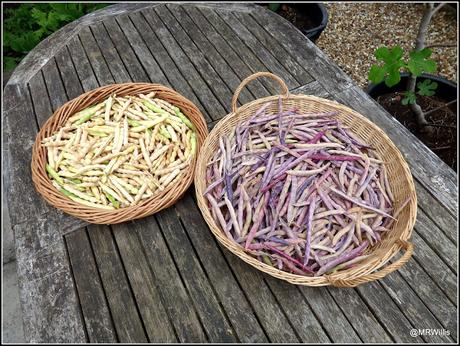
I'll remind you what types they were. The first was "Cherokee Trail of Tears".
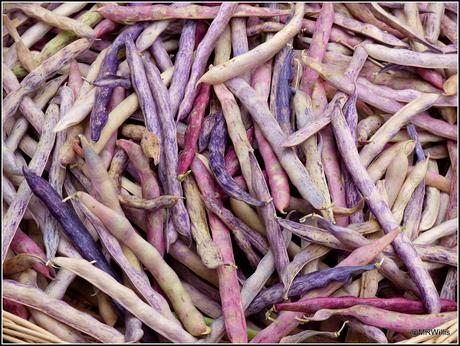
The other was "Tunny".
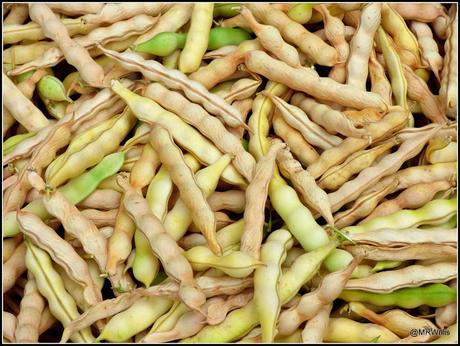
Tunny beans drying - some still green at that point
Yesterday it rained for hours, so Jane and I had a Cooking Day. Apart from our normal lunch and dinner, we cooked an extra meal for our granddaughters Lara and Holly, and we also made a loaf of bread, a batch of tomato sauce and a batch of stewed Bramley apples - plus shelled the beans!

After shelling, the Tunny beans weighed 458g.
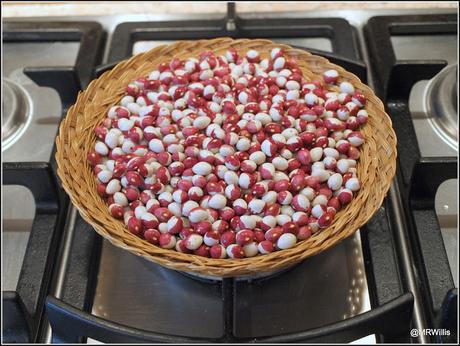
It's not a huge harvest, but those beans are so pretty!
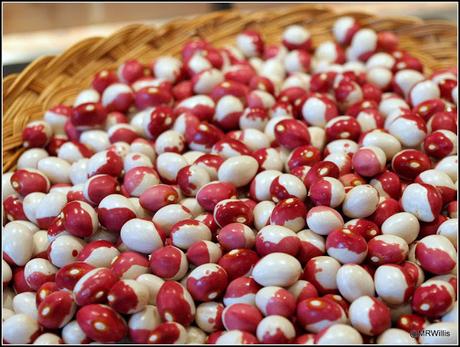
The Cherokee Trail Of Tears beans weighed 463g.
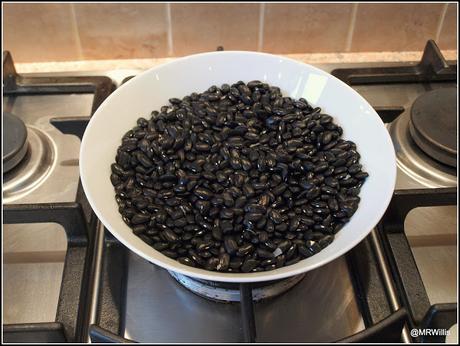
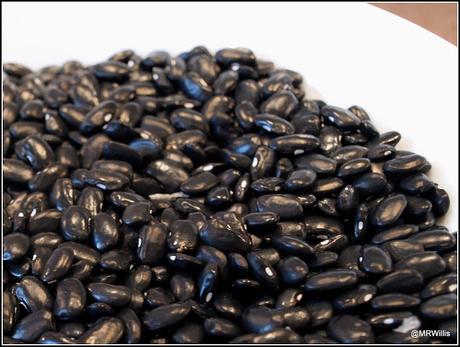
Used with other ingredients, I reckon 100g of dried beans is about enough for a two-person serving, so allowing for saving a few to re-sow next year, my harvest is probably enough for about 8 meals. Some people will say "All that effort to produce less than a kilogram of beans - not worth it!", but I say it IS worth it. The sense of achievement in bringing them to harvest is enormous, added to the comfort of knowing that they have been grown without the use of any chemicals or artificial fertilisers. I don't recall seeing Tunny beans on sale anywhere either (as a food product, rather than as seeds, I mean), so they have rarity value too.
One final thought: dried beans keep for ages, without the need of any additional processing, and their storage consumes no energy. They also don't spoil if your freezer loses power in a Winter storm!
